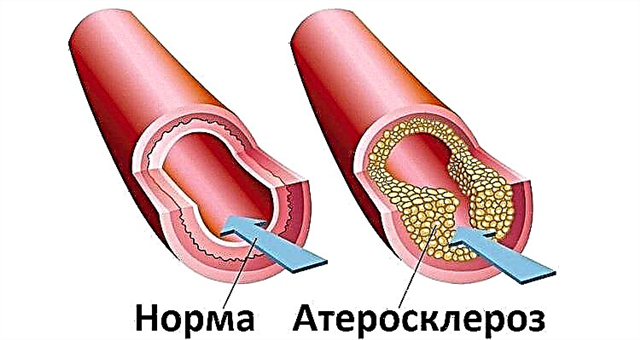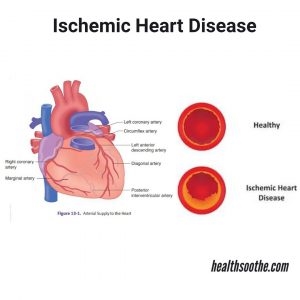Hyperthermia is one of the main clinical signs of otitis media in a child. Changes in thermoregulation of the body indicate the presence of inflammatory processes in the body, which are provoked by the development of pathogenic flora. Despite the malaise and lethargy that occurs when this symptom appears, it is impossible to use antipyretics at a temperature that is subfebrile.
Body temperature is a basic parameter that determines the rate of metabolic processes in the body. Their acceleration, caused by inflammation of the mucous membranes in the ear, leads to the appearance of hyperthermia. According to experts, this reaction is protective, since with hyperthermia, the reproductive capacity of pathogenic agents decreases, which leads to recovery.
The mechanism of development of hyperthermia

An increase in temperature with otitis media in a child always signals the presence of inflammation in the ear. Pathological changes in tissues contribute to a change in the chemical composition in the blood. It increases the number of neutrophils, which rush to the lesion to eliminate pathogens.
A small section in the brain called the hypothalamus analyzes changes in the blood. After processing the received information, it signals the appropriate parts of the brain about the need for changes in thermoregulation using transmitters. The work involves the thyroid gland and the pituitary gland, which synthesize special enzymes that provoke the onset of hyperthermia.
The rise in temperature is a protective reaction that performs several important tasks:
- stimulates the production of interferon, which inhibits the synthesis of viral DNA;
- disrupts the reproductive activity of pathogenic bacteria and fungi, due to which the number of pathogens in the foci of inflammation decreases.
In other words, hyperthermia leads to an increase in the immune response to an infectious disease or inflammatory response.
Hyperthermia in children
The ability for thermoregulation in preschool children is still in its infancy. For this reason, the development of otitis media and an increase in temperature in a child can lead to a severe deterioration well-being. In the event of inflammatory processes, the thermometer readings can fluctuate over a very wide range, which poses a threat to health.
well-being. In the event of inflammatory processes, the thermometer readings can fluctuate over a very wide range, which poses a threat to health.
The degree of hyperthermia is largely determined by the reactivity of the organism, the type and stage of development of otitis media. However, it should be borne in mind that changes in temperature are not always caused by the development of ear pathology. What is the temperature with otitis media in a child?
Catarrhal otitis media in most cases proceeds against a background of low, i.e. subfebrile temperature. At the same time, the mercury column of the thermometer reaches a maximum of 37.5 degrees. In the acute form of ENT disease, the temperature can be 38-39 degrees.
If, when diagnosing catarrhal otitis media, a child has hyperthermia with a febrile temperature, most likely, the catarrhal process has turned into a purulent form of inflammation.
Periods of hyperthermia
How long does the temperature last for otitis media in a child? The restoration of the temperature regime will occur only when the development of the pathogenic flora in the body is suspended. This will lead to a decrease in the number of neutrophils in the blood, as a result of which the hypothalamus will "give the command" to lower the temperature.
In most cases, subfebrile and febrile temperatures do not last long, however, with reduced body resistance, inflammatory processes can proceed for a long period. How many days can the temperature last with otitis media in a child?
In acute inflammation, hyperthermia disappears 2-3 days after onset. If purulent inflammation has begun in the ear, the restoration of the normal temperature regime occurs in 4-5 days.
Important! Antipyretics cannot be used at low-grade fever. This will only promote the spread of pathogens inside the ear cavity.
Antipyretics
According to experts, the use of antipyretic drugs is necessary only in extreme cases. This is due to several reasons at once:
- anti-temperature agents only disrupt the processes of thermoregulation, which leads to the active development of pathogens;
- antipyretics stop the external manifestations of the disease, but do not eliminate inflammation;
- taking antipyretics affects the clinical manifestations of the disease, which prevents an adequate assessment of the patient's condition.
To eliminate hyperthermia, it is more advisable to use antibacterial drugs. They will destroy the pathogenic flora in the lesions, which will lead to the elimination of inflammatory processes and, accordingly, high temperature.
When can antipyretic drugs be used? Antipyretics are not prescribed at low-grade fever. The exception applies only to those patients who suffer from neurological diseases. In cases where the mercury column of the thermometer exceeds 38 degrees, only those antipyretics recommended by a specialist are used to treat the child.
An overview of antipyretics
For the treatment of otitis media with fever in a child, only antipyretic drugs for children should be used. In the treatment of infants, it is more advisable to use drugs in the form of rectal suppositories. Children aged 2-3 years can be given antipyretics in the form of syrups and drops.
Important! When treating otitis media arising as a complication of a viral disease, the use of "Aspirin" is strongly discouraged.
To normalize thermoregulation, experts often recommend using the following types of antipyretic drugs:
- Efferalgan is an antipyretic medicine that has pronounced analgesic properties. Can be used to treat children from 3-4 months;
- Nurofen is a non-steroidal anti-inflammatory agent that relieves pain and eliminates hyperthermia;
 "Panadol" is a non-selective NSAID that inhibits inflammatory processes in tissues. Has a pronounced analgesic and antipyretic effect;
"Panadol" is a non-selective NSAID that inhibits inflammatory processes in tissues. Has a pronounced analgesic and antipyretic effect;- "Calpol" is an antipyretic agent that slows down the production of prostaglandins, which leads to the elimination of inflammation and fever.
The use of antipyretics in the presence of hyperthermia in children can only be justified by a strong increase in temperature. When choosing a suitable drug, the specialist takes into account the general condition of the patient, his age and the nature of the course of inflammatory processes in the body.

 "Panadol" is a non-selective NSAID that inhibits inflammatory processes in tissues. Has a pronounced analgesic and antipyretic effect;
"Panadol" is a non-selective NSAID that inhibits inflammatory processes in tissues. Has a pronounced analgesic and antipyretic effect;

